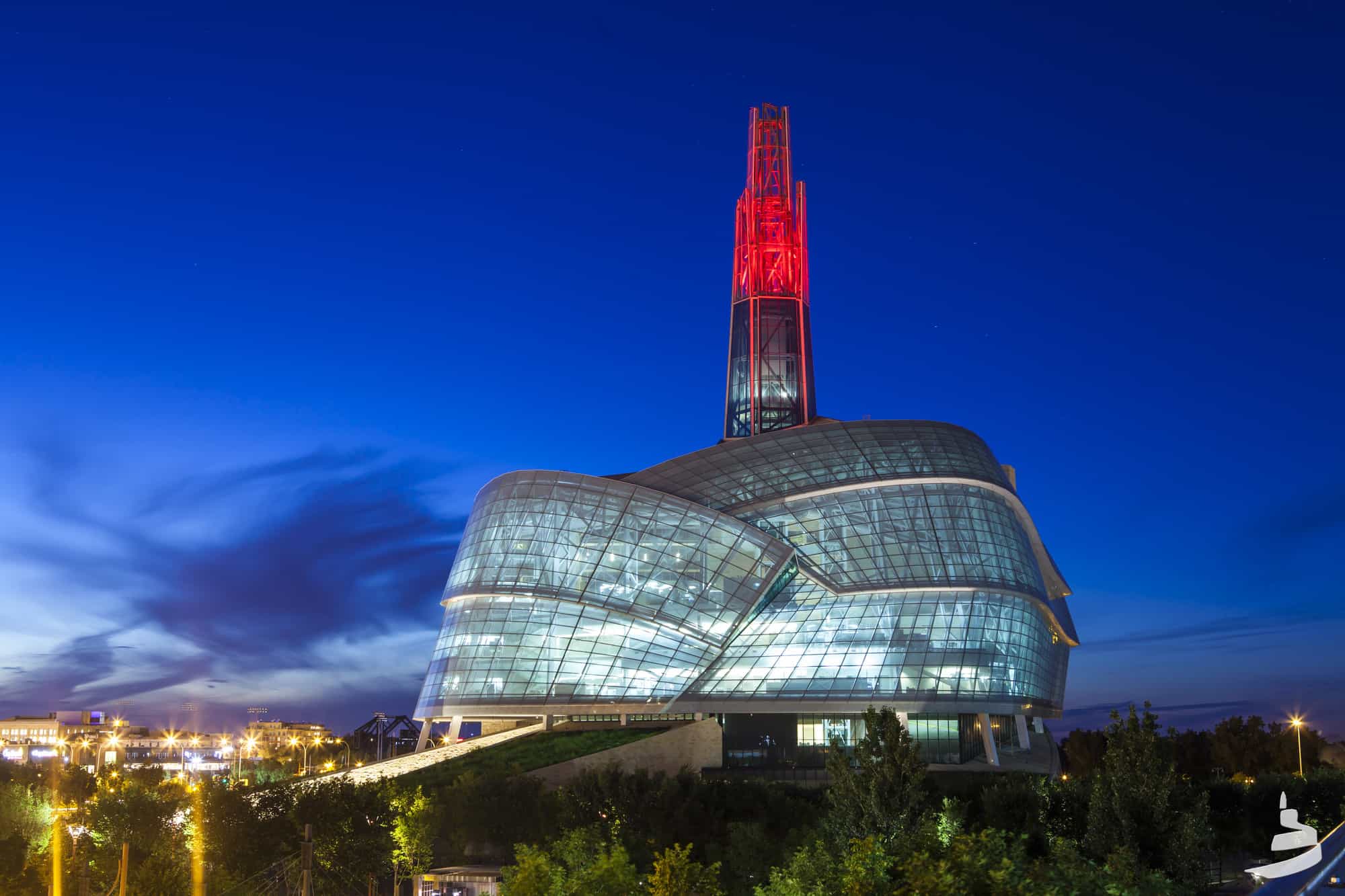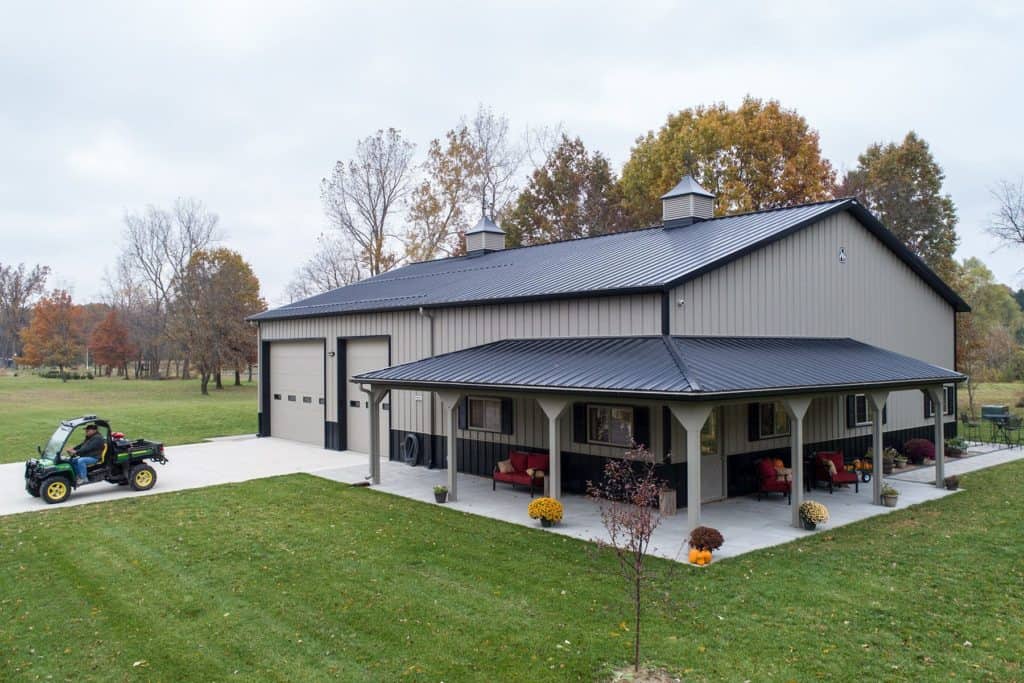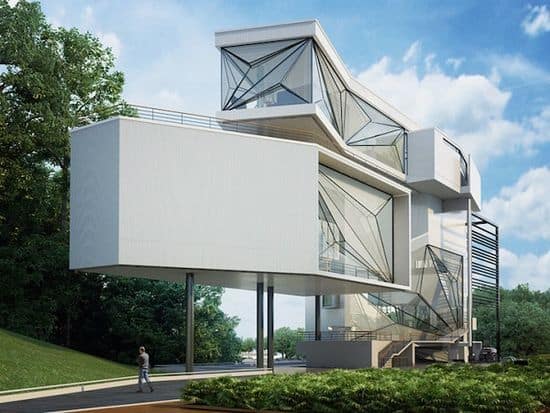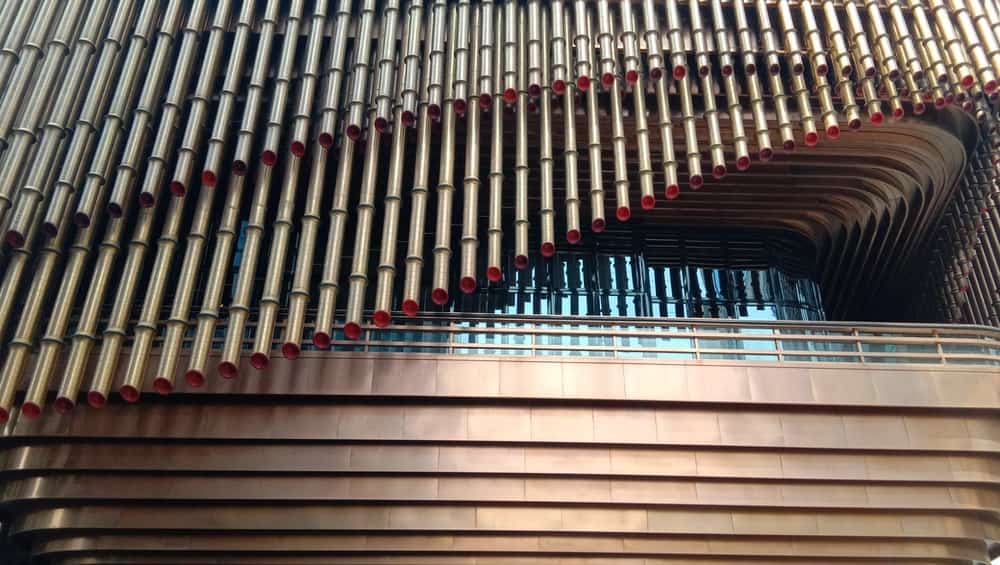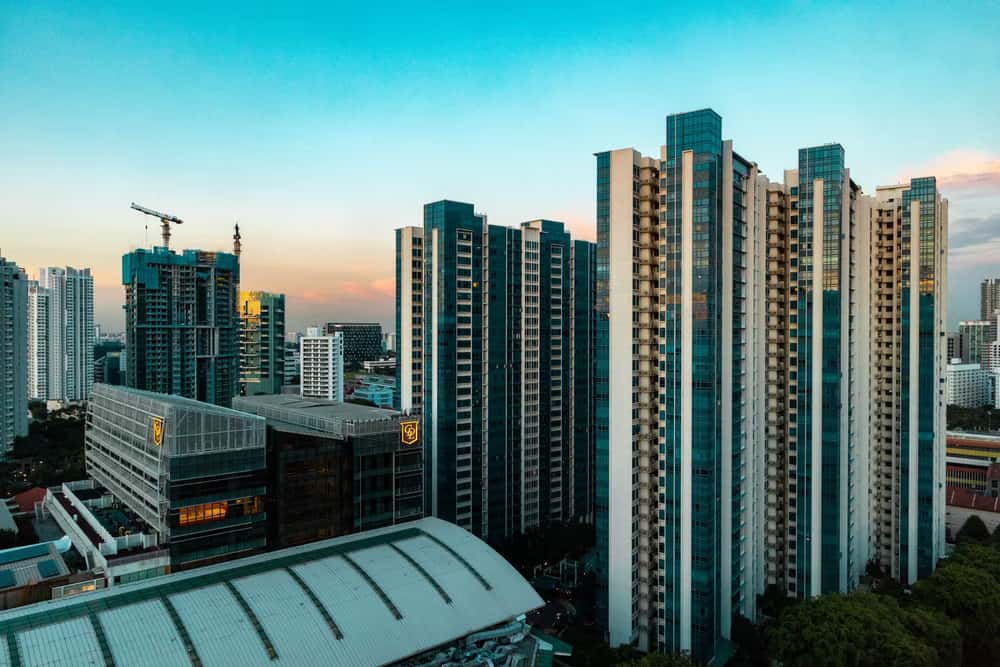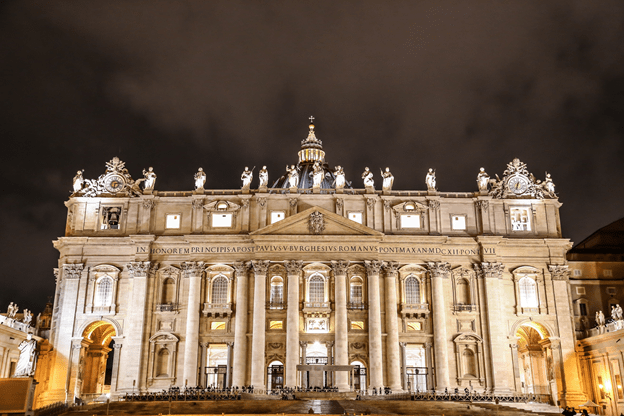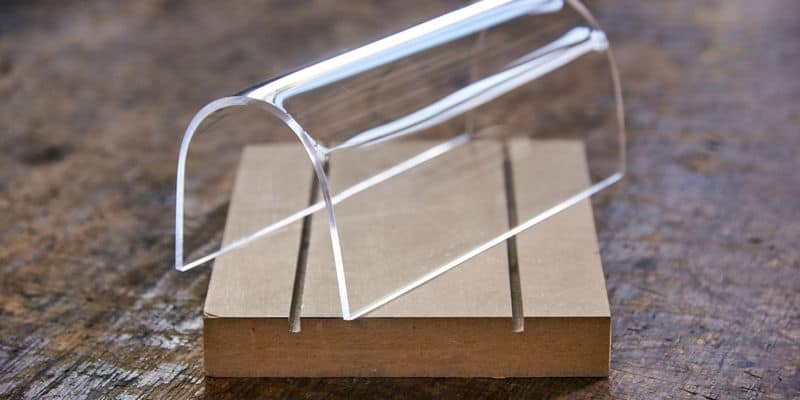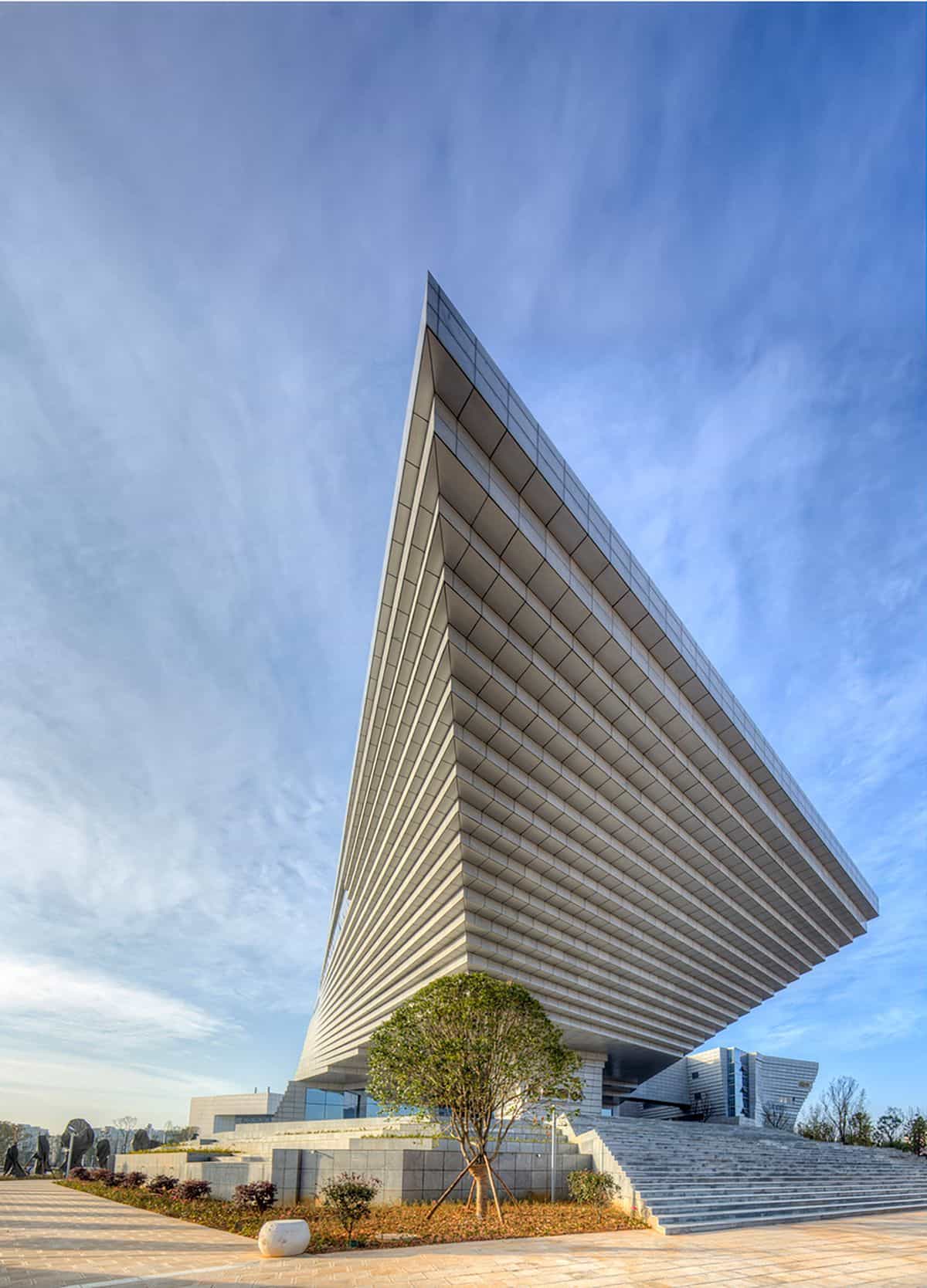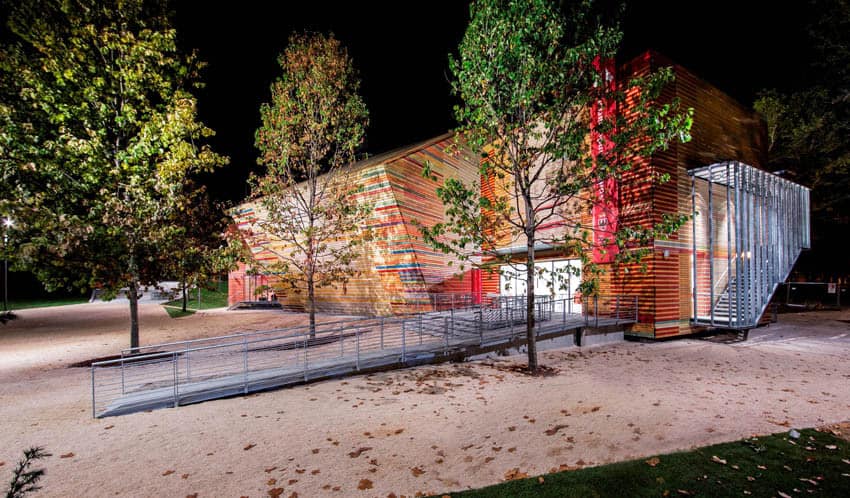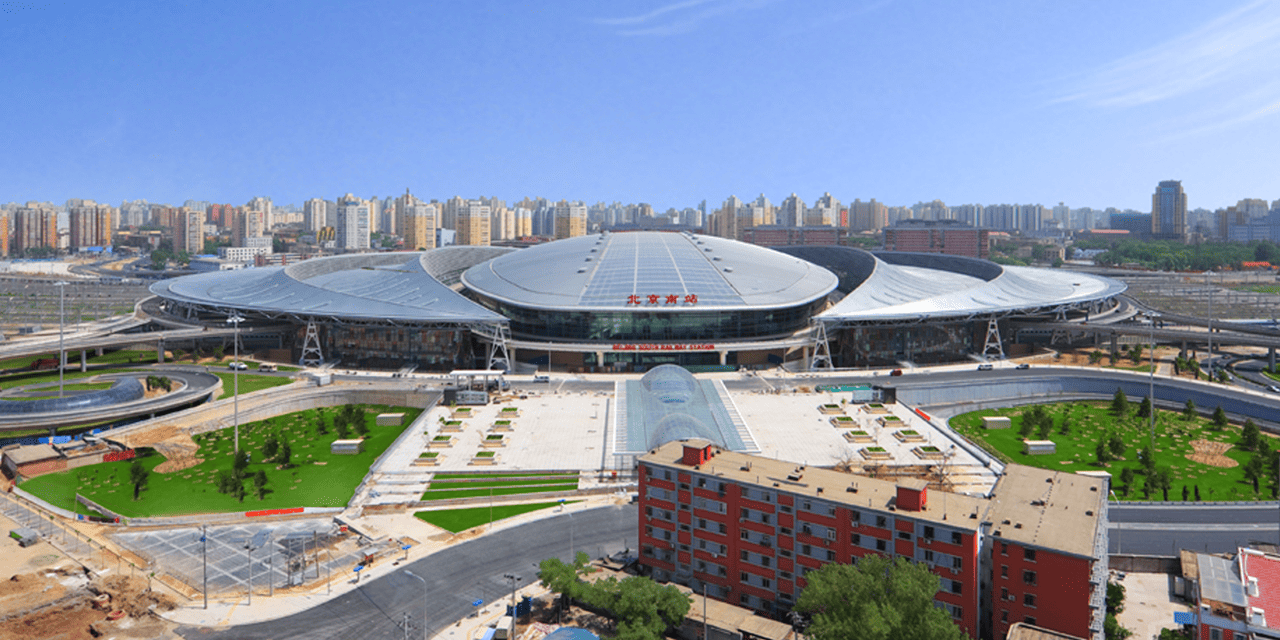The Canadian Museum for Human Rights designed by architect Antoine Predock is an expensive revelation of architecture’s impacts on boosting human rights around the world. The architect said this is his favorite and most important building so far. You can easily tell why. It’s like a cathedral – a holy precinct embodying Canada’s determination to teach and explore the subject of human rights for Canada and the world.
In an architectural competition that featured 100 submissions from 21 countries, the judging panel selected the design submitted by architect Antoine Predock from Albuquerque in New Mexico, USA. That was in 2003. 11 years and approximately $297 million later, a structure inspired by the wings of a dove stood high on the soils of Winnipeg, Manitoba. It’s the first museum of its kind to be located outside of the National Capital Region of Canada; and the only national museum built in the country since 1967.
Like gaining human rights in most countries was – a journey – the architect’s vision for this museum was to take the users and visitors through a journey that begins and follows the biological process and systems of a plant. You get into the museum through the roots, which take you into a descending expedition into the earth. You descend first, in order to ascend.
Through the roots system you find your way into the Great Hall which has a combination of choreographed light and dark spaces, then you go into a series of vast spaces and ramps which all peak at the Tower of Hope.
The Tower of Hope has been named strategically. It’s not a name that you would give any building or structure, unless it symbolized hope. In the Canadian Museum it’s a spire that juts out upwards from the building. It provides impressive views of the capital of Manitoba (Winnipeg).
When you are standing on that observation deck platform at the Tower of Hope – inside a human rights building, you get nothing than hope – that with reflection and dialogue, human rights will forever reign supreme. The views of the city can attest to that.
The 24,155 square metre structure features 4,366 square metres of galleries. It’s finished in the local Tyndall limestone in conjunction with some 5,000 uniquely shaped glass panels which play a big role in the wing-like form. An atrium winter garden spanning 650 square metres and the 100-metre tall crystalline tower complete this building which looks like something out of the reality. The three large berms that have been planted with prairie sweet grass, and the one which has been stepped into the amphitheatre at the entrance are the icing on the cake.
The functions of the curving glass curtain-wall specially developed for this building is to help deflect wind patterns and lighten the lateral load on the structural members. The intrusion of moisture is prevented by an outer layer of single-pane glazing which is also fritted in some areas to mitigate glare. Operable windows allow for ventilation.
At various parts of the façade, intake dampers are located where planes of glass structure overlap to allow for hot air to be exhausted from the cavity between the glazing layers and for cool air to flow into the building to regulate temperature and insulate the structure.
To be very honest, I’m not a big fan of the form and exterior of this building, save for the great landscape surrounding it. However, the interiors move me. Complex geometry and human rights symbolism grace every component, weaving light through darkness.
When you get into the building you get the feeling that you are just about to experience something beautiful yet rough, and machine-looking. The ramps clad in rough finishes together with the endless steel membranes that hold everything together makes the transitions from space to space a little unexpected. It’s nothing close to soft interiors, it’s almost too rough inside you would think it is a connection of several parts of a big engine.
From the main lobby with its darkness at the entrance and transitional lighting at the ascent, to the galleries that are full of activity, and towards the tower, it’s a very busy interior: and yet a towering landmark that the city of Winnipeg can brag about.
Project Information
Architects: Antoine Predock Architect
Project Team: Antoine Predock Architect, Albuquerque, N.M. . Antoine Predock, FAIA, Jose Sanchez, AIA, Graham Hogan, AIA, Paul Fehlau, Karole Mazeika
Client: Canadian Museum for Human Rights
Location: Winnipeg, Manitoba, Canada
Size: 24,155 square meters
Cost: $296.9 million U.S.
Photography: Aaron Cohen/CMHR-MCDP

